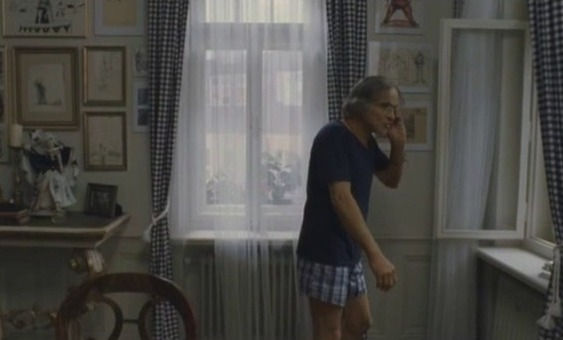Cinematography
- Louisa Robertson
- Oct 3, 2022
- 2 min read
Updated: Jan 12, 2023
close up shot - the camera is close to a persons face to show facial expressions/emotions; used to make a person seem dominant.

medium shot - the camera is relatively close to a person to show facial expression/emotions alongside their body language.

long shot - the camera is far away from a person to show full bodies/body language in relation to their surroundings.

two shot - a shot featuring two people.

birds eye view shot - the camera is directly above a person or place to show them in perspective to a larger surrounding.

straight angle/eye level shot - the camera is level with a persons face to make the audience feel empathy.

establishing shot - a long shot that sets the scene and makes it clear of the setting.

tracking shot - the camera is moving left/right to show a person moving or a wide setting.

dolly shot - the camera is moving forward/backward to show a person moving or a wide setting.

handheld shot - the camera is held and moved by hand to create a sense of chaos.

trombone shot/dolly zoom - the camera moves forward/backward as it zooms to show dramatic reactions.

low angle - the camera is held low pointing upwards to make a person appear bigger.

high angle - the camera is held high pointing downwards to make a person appear smaller.

canted angle - the camera is tilted to created disorientation.

shallow focus - only part of the shot is in focus to highlight importance or draw he audiences attention to something specific.

deep focus - everything in the shot is in focus to show everything in the scene.

pull focus - the focus changes to draw attention.

zoom in - the camera zooms in on a specific part of a shot to draw attention to it.

zoom out - the camera zooms out to show a bigger picture or a larger scene.

pan left/right - the camera pivots horizontally to show where something is going or to show something tat is out of shot.

tilt up/down - the camera pivots vertically to show a whole object or person.

crane up/down - the camera moves from eye level upwards and backwards to show isolation.

camerawork mnemonic FAM:
Framing
Angle
Movement
Comments